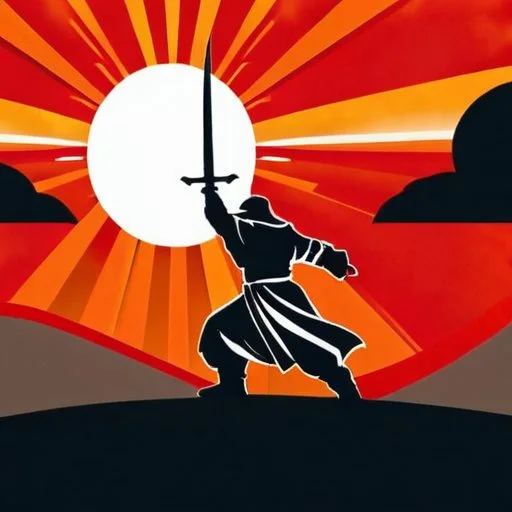Imagine a world where ancient traditions and modern innovations collide, transforming a nation's trajectory forever. This was the Meiji Restoration, a pivotal event in Japanese history that marked the end of feudalism and the beginning of a new era of modernization and transformation.
In 1868, amidst the crumbling Shogunate regime, Emperor Mutsuhito, later known as Emperor Meiji, seized the opportunity to chart a new course for Japan. By declaring the start of the Meiji era and renaming Edo as Tokyo, the new capital, he set in motion a radical transformation that would propel Japan into the modern world.
The Tokugawa Shogunate, which had ruled Japan for over 250 years, was facing internal strife and external pressures. The arrival of American Commodore Matthew Perry's "Black Ships" in 1853 had sparked a sense of urgency among Japanese leaders, who realized the need to adapt to the changing global landscape.
The Meiji Restoration had far-reaching consequences, including:
The Meiji Restoration sparked a cultural renaissance in Japan, as traditional practices and values were reevaluated in the face of Western influence. This led to the emergence of:
One fascinating account from the time is that of Fukuzawa Yukichi, a Japanese intellectual who traveled to the United States in the 1860s. Upon his return, he became a vocal advocate for modernization and Westernization, playing a significant role in shaping Japan's new trajectory.
The Meiji Restoration paved the way for Japan's rapid industrialization and militarization in the early 20th century, setting the stage for the country's role in World War II. It also influenced the development of other Asian nations, as they sought to emulate Japan's modernization model.
The Meiji Restoration serves as a powerful reminder of the transformative power of visionary leadership and the importance of embracing change in the face of uncertainty. As Emperor Meiji himself declared, "Knowledge shall be sought from all over the world, and its benefits shall be shared by all."
As we reflect on this pivotal moment in Japanese history, we are reminded of the profound implications of embracing progress and the boundless potential of human ingenuity.
Tokugawa Yoshinobu, the last Shogun of the Tokugawa regime, played a crucial role in the Meiji Restoration. Despite his initial resistance to change, he eventually ceded power to Emperor Meiji, paving the way for modernization.
Yoshinobu's leadership was marked by internal strife and external pressures, which ultimately led to the downfall of the Tokugawa regime. His resignation in 1867 cleared the way for Emperor Mutsuhito to assume power and initiate the Meiji Restoration.

The Meiji Restoration marked a significant shift in Japanese art, as Western styles and techniques were introduced to the country. Artists such as Kuroda Seiki and Asai Chū were influenced by European art movements, leading to the development of new styles and genres.
The introduction of Western art forms, such as oil painting and sculpture, led to a blending of traditional Japanese techniques with modern Western influences. This fusion of styles resulted in a unique and vibrant art scene that continues to influence Japanese art today.
The Meiji Restoration was not an isolated event, but rather part of a broader global trend towards modernization and industrialization. The Opium Wars in China, the Indian Rebellion of 1857, and the American Civil War all occurred during this period, highlighting the need for nations to adapt to changing global circumstances.
In this context, the Meiji Restoration can be seen as a response to Japan's growing awareness of its vulnerability to Western powers. By modernizing and industrializing, Japan was able to assert its independence and resist foreign domination.

The Meiji Restoration had significant economic consequences for Japan, including the rapid industrialization and modernization of the country's infrastructure. The introduction of new technologies and industries led to rapid economic growth, transforming Japan into a major economic power.
However, this rapid growth also led to significant social and economic changes, including the growth of a wealthy elite and the exploitation of workers. The Meiji period saw the emergence of a new class of industrialists and entrepreneurs, who played a key role in shaping Japan's economic development.
The Meiji Constitution, adopted in 1889, marked a significant shift in Japan's political landscape. The Constitution established a new system of government, with the Emperor as a symbol of state authority and a Prime Minister as head of government.
The Constitution also introduced new political institutions, such as the Diet, which was composed of elected representatives from across the country. This marked a significant shift towards democracy and representation, and laid the foundations for Japan's modern political system.